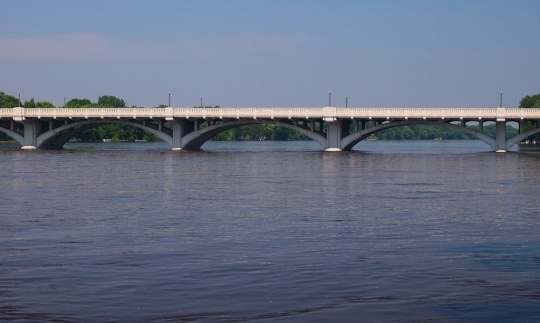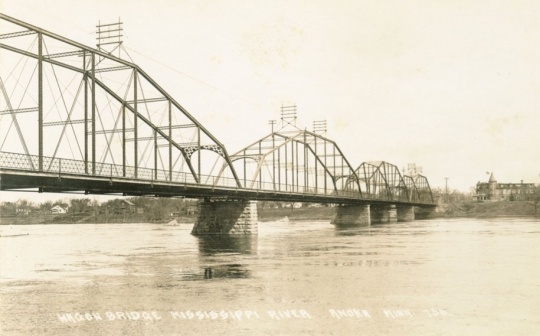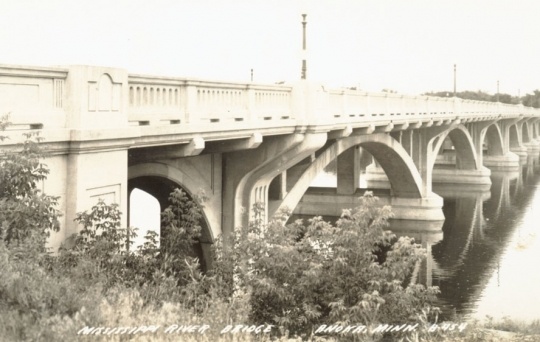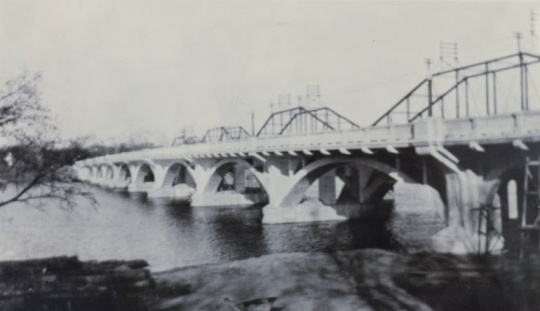Anoka–Champlin Mississippi River Bridge
Bibliography
“Anoka–Champlin Bridge Work Should Be Done in Early August.” Anoka County Union, April 3, 1988.
Anoka-Champlin Mississippi River Bridge, National Register of Historic Places Nomination Form, May 1979. State Historic Preservation Office, Minnesota Historical Society, St. Paul.
“Construct New Highway Bridge O’er Mississippi.” Anoka County Union, February 24, 1926.
Dunn, Edith. “A History of the Anoka-Champlin Bridge 4380.” Cultural Resource Investigation 75691 prepared for Minnesota Department of Transportation, University of Minnesota Duluth, 1997.
“Loads Restricted to Six Ton Limit.” Anoka County Union, June 22, 1927.
“Sounding for a New Bridge Are Under Way.” Anoka County Union, February 23, 1927.
Chronology
1884
1926
1929
1979
1998
Bibliography
“Anoka–Champlin Bridge Work Should Be Done in Early August.” Anoka County Union, April 3, 1988.
Anoka-Champlin Mississippi River Bridge, National Register of Historic Places Nomination Form, May 1979. State Historic Preservation Office, Minnesota Historical Society, St. Paul.
“Construct New Highway Bridge O’er Mississippi.” Anoka County Union, February 24, 1926.
Dunn, Edith. “A History of the Anoka-Champlin Bridge 4380.” Cultural Resource Investigation 75691 prepared for Minnesota Department of Transportation, University of Minnesota Duluth, 1997.
“Loads Restricted to Six Ton Limit.” Anoka County Union, June 22, 1927.
“Sounding for a New Bridge Are Under Way.” Anoka County Union, February 23, 1927.









